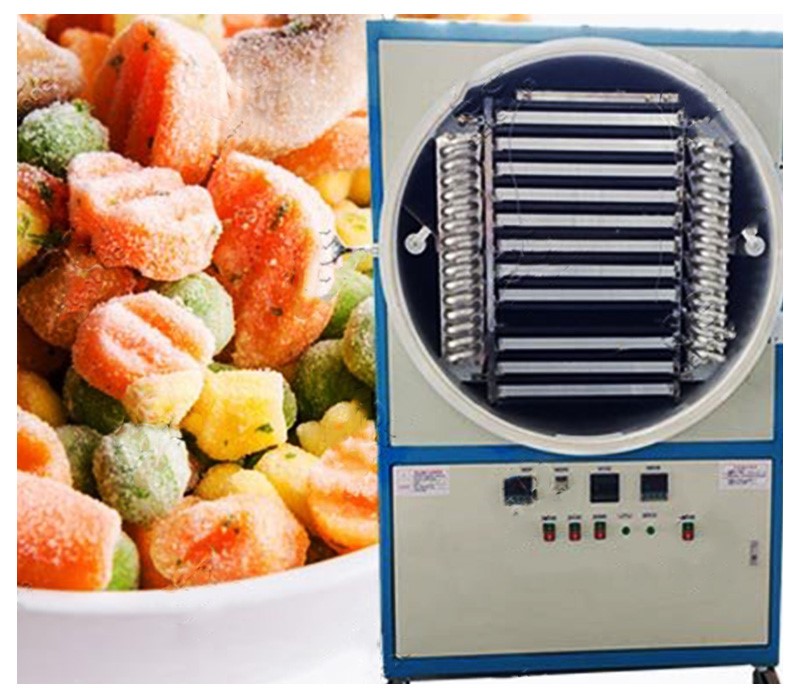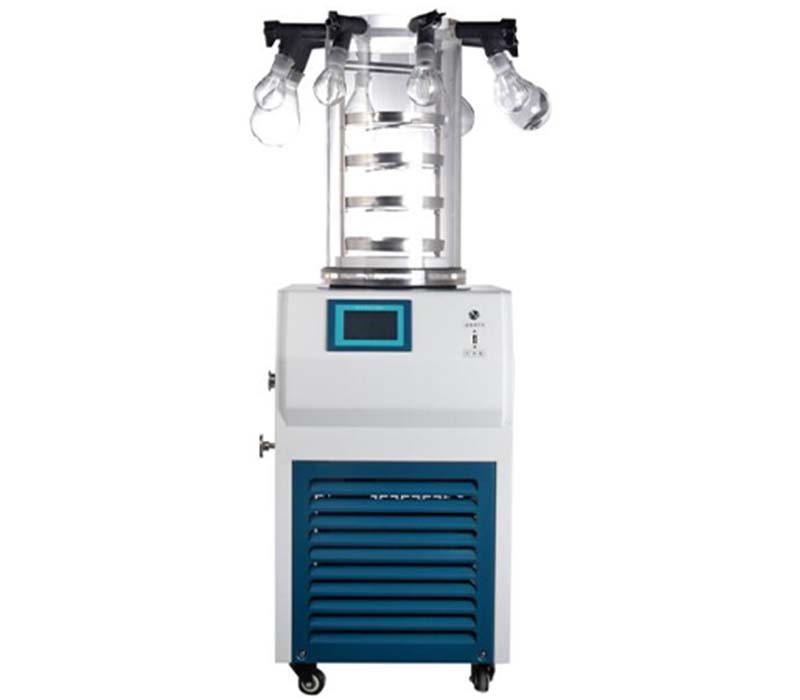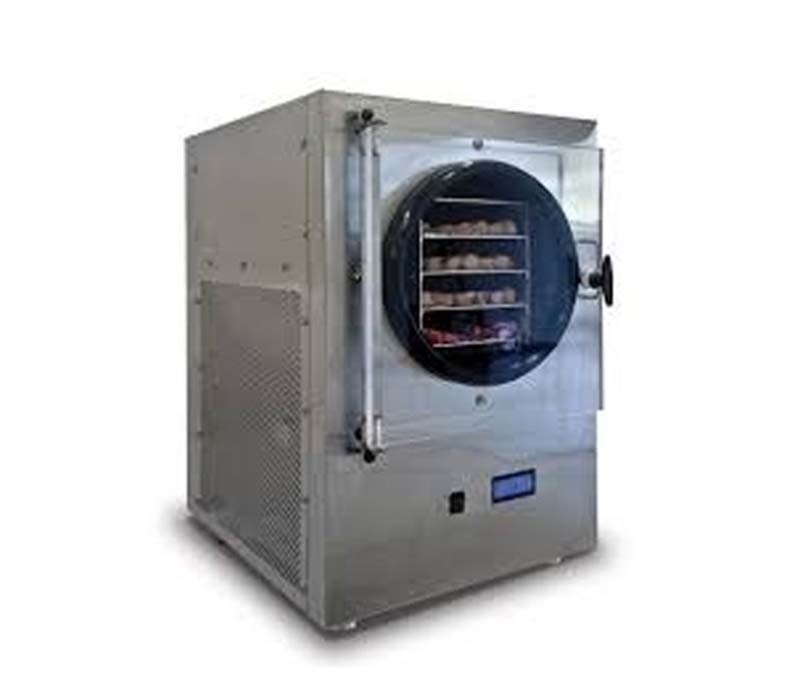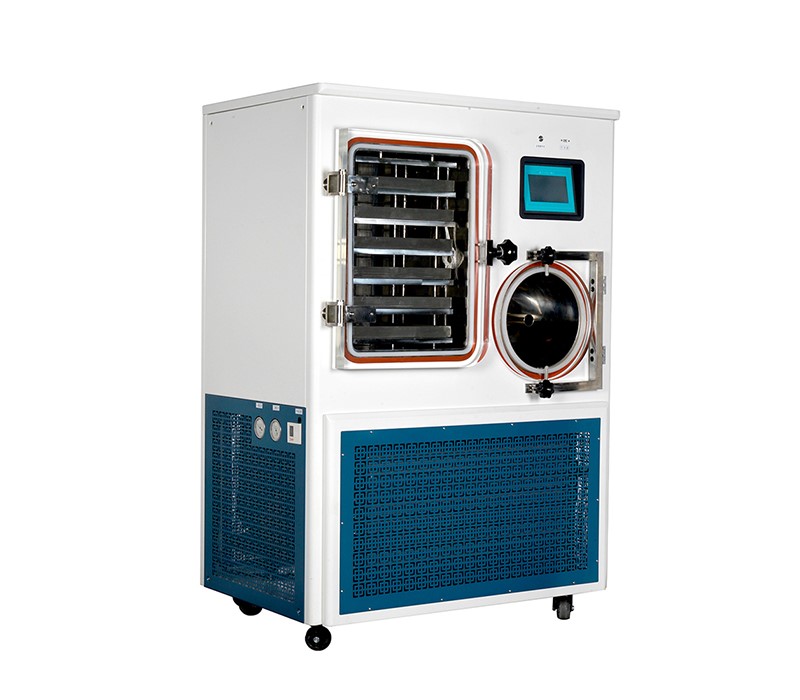Freeze drying is the process of eliminating moisture and preserving its nutrients for a longer time. A totally frozen sample is placed under a vacuum in order to eliminate the water or other solvents. Freeze drying or lyophilization can be accomplished in a variety of volumes using everything from small, home-use freeze dryers to huge industrial machinery.
Four standard parts are typically included in freeze-dryers: a drying chamber, a vacuum pump, a heat source, and a condenser. The technology is gaining significant impetus across various industrial verticals, including healthcare, pharmaceuticals, chemics, food & beverage, etc., and that is the potential factor driving the scope of the overall industry. According to Astute Analytica estimates, the global freeze drying equipment market is expected to grow at a CAGR of 8.1% over the forecast period, i.e. 2022-2027.
Food Preservation:
The growing adoption of packaged food is significantly reshaping the overall scope of the packaged food industry. Meanwhile, the frozen food sector is fast growing due to the changing lifestyle of people and the growing preference for online shopping. As a result, the industry is swiftly evolving with the involvement of more and more technologies, including freeze-drying equipment.
Fruits and vegetables can be preserved for later use using a number of well-known techniques, including canning, pickling, freezing, drying, and fermenting.
How Freeze drying works in the food and beverage sector
In brief, freeze drying involves freezing the material, followed by lowering the pressure and increasing heat to substantially transform frozen water into vapor. It is a better technique for food preservation because the process eliminates 98–99 percent of the moisture in food. Almost all of the nutrients, natural enzymes, original flavor, and color of freeze-dried foods are well preserved using the process.
Freeze-dried goods can be safely kept for a long time in the right packaging. Whatever style of packaging is used, it must contain appropriately sized single-use food-grade oxygen absorbers. Moreover, freeze drying equipment is getting more popular for residential use. Thereby, companies are also developing the same to cater to the demands. For instance, HarvestRight, based in Salt Lake City, Utah, unveiled a line of freeze drying, majorly for home use, in 2018. The equipment sought the attention of the users as a unique way to preserve the food. Apart from that, GEA, a renowned industry player, offers a variety of freeze dryers used for food and beverage applications. The product range includes GEA liquid nitrogen freezer, RAY® FREEZE DRYER, and RAY® Pilot Plant.
Biotechnology:
Freeze drying equipment is getting impetus in the biotech industry. The technology is widely used to eliminate aqueous and solvent solutions from the biologic. It precludes the chances of degradation and also helps preserve the proteins required for drug delivery methodology. Especially at the current industry pace, where the objective is a fast production rate with low costs, an optimized freeze drying process is essential.
Pharmaceutical Freeze Drying Process
Lyophilization is a widely used method to freeze dry pharmaceuticals. The process lowers the product’s temperature below freezing. Next, a high-pressure vacuum is used to remove the water from the product as vapor. The vapor is then removed once it condenses on a condenser and transforms back into ice. Finally, a slow increase in temperature releases all of the product’s “bound” moisture. With this method, the material is kept intact and preserved for storage or transportation. The innovations in this sector are growing at a fast pace. For instance, Telstar, a part of Telstar, part of the Azbil Group, unveiled its standardized high-end GMP configurable freeze-dryers in 2020. The product is specifically designed for the pharmaceutical sector. For businesses involved in the Life & Health Sciences, Telstar, a division of the Azbil Group, has a proven track record and extensive experience in the development of engineering & construction projects. The firm’s offerings are specifically designed for biotechnology, healthcare, cosmetic, veterinary, and food & beverage industries, hospitals, laboratories & research centers, etc.
How does it benefit the users?
Freeze drying in the medical sector can bring various advantages for the users. It can efficiently protect delicate, unstable, or heat-sensitive drugs and preserves the overall physical structure. Moreover, the process is utilized to prevent vaccines and antibodies, penicillin, blood plasma, proteins, enzymes, hormones, viruses, bacteria, etc., from degradation.
For Laboratories:
Freeze dryers let users sublimate samples for long-term storage or sample preparation using refrigeration and a deep vacuum.
ABB released a line of video graphic recorders called ScreenMaster, which integrates Ethernet connectivity and lets users recover their recorded data from any web browser. Additionally, this data can be automatically downloaded and used by medical authorities for further investigation.






